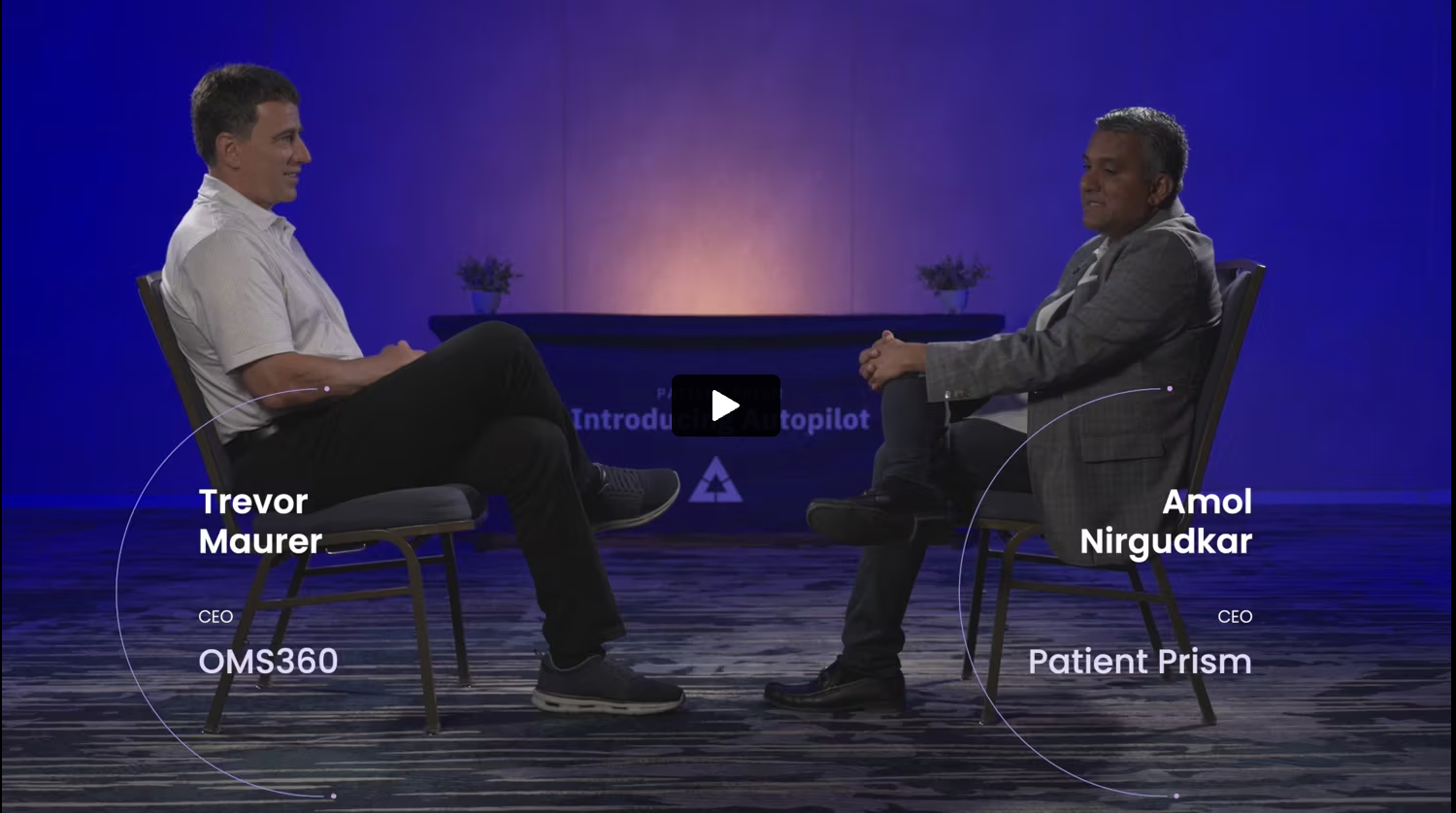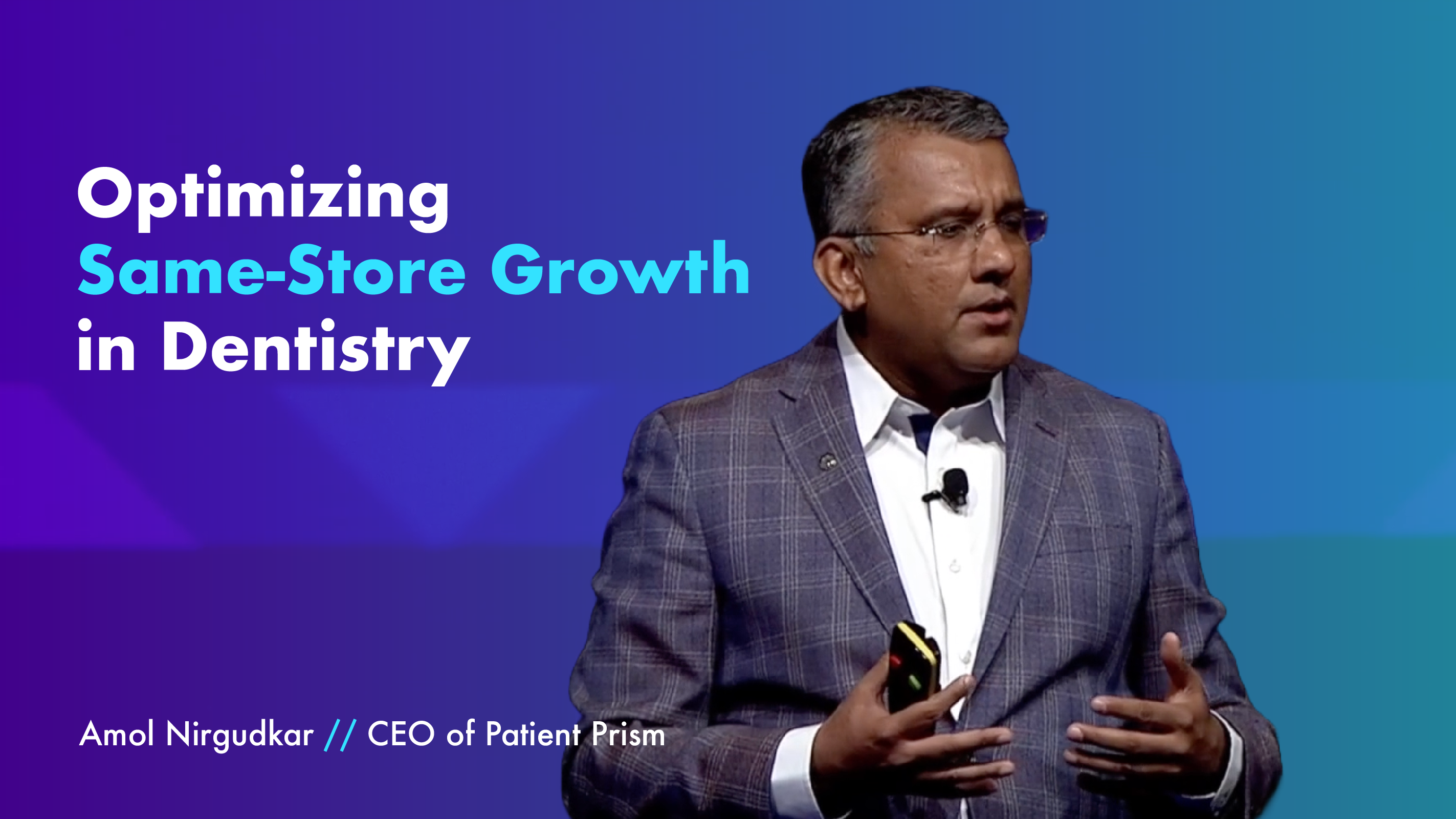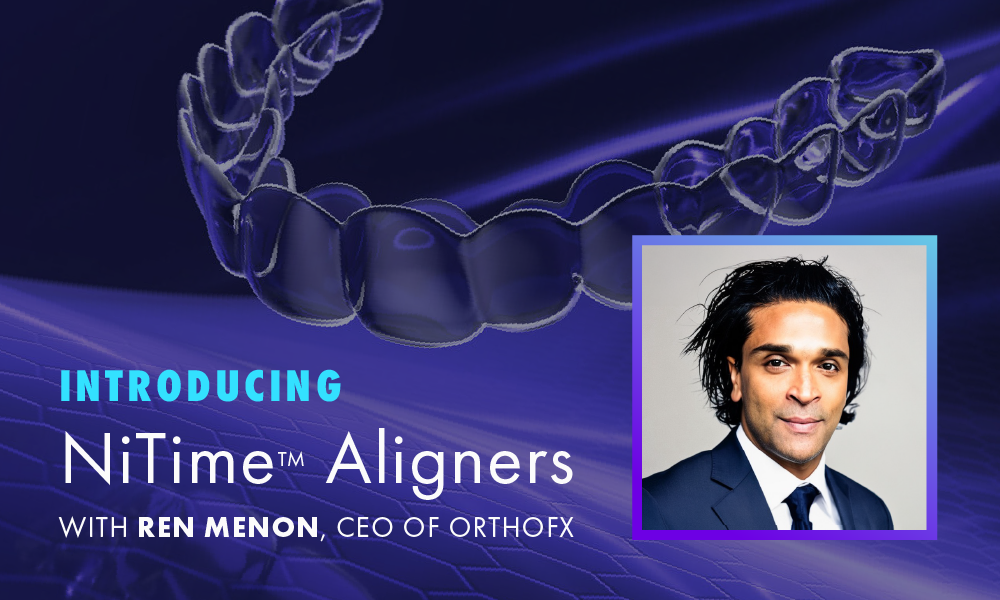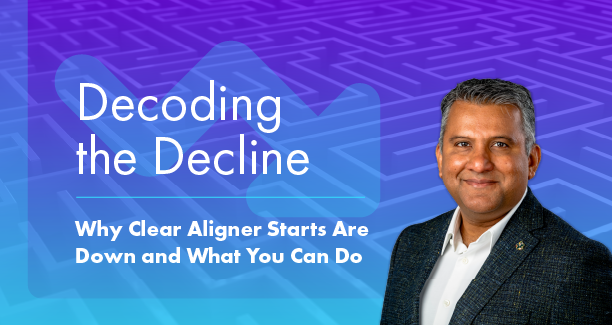The landscape of dermatology practices in the US is shifting dramatically from solo to group practice models. This blog explores the driving forces behind this trend, the benefits and challenges of group practices, and how conversational AI can support dermatologists during this transition.
Reasons for the Shift to Group Practices:
- Economic Pressures: Rising healthcare costs and decreasing reimbursement rates from insurance companies are significant factors pushing dermatologists toward group practices. By consolidating, dermatologists can share resources and reduce individual financial burdens.
- Benefits of Shared Resources: Group practices allow for shared administrative and clinical resources, such as electronic health records (EHR) systems, medical equipment, and support staff. This sharing reduces overall operating costs and enhances efficiency.
- Broader Range of Services: Group practices can offer a wider array of services, attracting more patients and providing comprehensive care. These services can range from general dermatology to specialized procedures and cosmetic treatments.
- Enhanced Negotiating Power: Larger group practices have greater negotiating power with insurance companies and suppliers. This can result in better reimbursement rates and lower costs for medical supplies and equipment.
Implications of the Shift:
- Improved Patient Care: Group practices can provide more coordinated and comprehensive care. With access to a broader range of specialists and services, patients receive more holistic treatment.
- Increased Investment in Technology: Group practices are better positioned to invest in advanced medical technologies, such as AI-powered diagnostic tools and telehealth platforms. These investments can improve diagnostic accuracy and patient outcomes.
- Standardized Quality of Care: Larger practices can implement standardized protocols and procedures, ensuring consistent quality of care across all providers.
- Greater Focus on Specialization: Dermatologists in group practices can focus on their areas of expertise, offering specialized care for complex skin conditions and advanced procedures.
Private Equity Involvement:
- Investment Trends: Private equity firms have shown increasing interest in dermatology practices due to the high demand for dermatological services and the potential for profitable returns. This influx of investment has accelerated the trend toward consolidation.
- Operational Efficiencies: Private equity-backed practices benefit from improved operational efficiencies, access to capital for expansion, and professional management teams that streamline administrative processes.
Challenges of Group Practices:
- Integration Issues: Merging multiple practices into a single entity can be challenging, requiring the integration of different EHR systems, office cultures, and administrative procedures.
- Loss of Autonomy: Dermatologists who transition from solo to group practices may experience a loss of autonomy, as decision-making becomes more centralized.
- Balancing Interests: Ensuring that the interests of all dermatologists in the group are aligned can be difficult, particularly when it comes to profit-sharing and practice management decisions.
How Conversational AI Can Help: Conversational AI can play a pivotal role in supporting dermatology practices as they transition to a group model. Here’s how:
- Streamlined Communication:
- AI-powered chatbots can manage internal communications within the group practice, ensuring that all members are informed about changes in protocols, upcoming meetings, and other important updates. This helps maintain cohesion and efficiency.
- Enhanced Patient Interaction:
- Conversational AI can handle routine patient interactions, such as appointment scheduling, follow-up reminders, and answering frequently asked questions. This reduces the administrative burden on staff and allows dermatologists to focus on patient care.
- Data Integration and Management:
- AI can assist in integrating patient data from different EHR systems into a unified platform, ensuring that all providers have access to comprehensive and up-to-date patient information. This is crucial for delivering coordinated care.
- Patient Education and Support:
- AI chatbots can provide patients with information about their conditions, treatment options, and post-treatment care. This enhances patient understanding and adherence to treatment plans, leading to better outcomes.
- Automated Administrative Tasks:
- Conversational AI can automate various administrative tasks, such as processing insurance claims, managing billing inquiries, and updating patient records. This increases operational efficiency and reduces the risk of errors.
- Supporting Clinical Decision-Making:
- AI-powered tools can assist dermatologists in making clinical decisions by providing evidence-based recommendations, analyzing diagnostic images, and identifying potential treatment options. This supports the delivery of high-quality care.
The shift towards group practices in dermatology is driven by economic pressures, the benefits of shared resources, and the need for enhanced negotiating power. While this transition offers numerous advantages, it also presents challenges that must be managed effectively. Conversational AI can support dermatology practices in navigating these changes by streamlining communication, enhancing patient interactions, and improving data integration and management. By leveraging AI, dermatology practices can ensure a smoother transition to the group model and continue to provide high-quality, coordinated care to their patients.
Citations:
[1] https://pubmed.ncbi.nlm.nih.gov/33939519/
[3] https://byrdadatto.com/banter/123s-of-private-equity-in-dermatology/
[4] https://www.hyro.ai/healthcare/
[5] https://www.pictionhealth.com/post/exploring-international-trends-in-dermatology-practices
[6] https://savvycomsoftware.com/blog/conversational-ai-in-healthcare/
[7] https://www.ncbi.nlm.nih.gov/pmc/articles/PMC8361903/
[8] https://www.fticonsulting.com/insights/articles/dermatology-looking-good
[9] https://pubmed.ncbi.nlm.nih.gov/28784330/
[10] https://www.inven.ai/company-lists/top-24-dermatology-practice-companies
[11] https://www.druidai.com/chatbots-for-healthcare-pharma
[12] https://www.dermplasticsaz.com/blog/2024-plastic-surgery-trends/
[13] https://gitnux.org/dermatology-statistics/
[14] https://optimadermatology.com/2024/01/05/derm-deep-dive-skin-care-trends-for-2024
[15] https://www.ncbi.nlm.nih.gov/pmc/articles/PMC6616181/
[17] https://www.dermatologyadvisor.com/home/topics/practice-management/private-equity-and-medicine/














 A few minutes can change everything.
A few minutes can change everything.
 Build Your Million-Dollar DSO Playbook
Build Your Million-Dollar DSO Playbook Seats are limited to 150 and they’re filling fast!
Seats are limited to 150 and they’re filling fast!